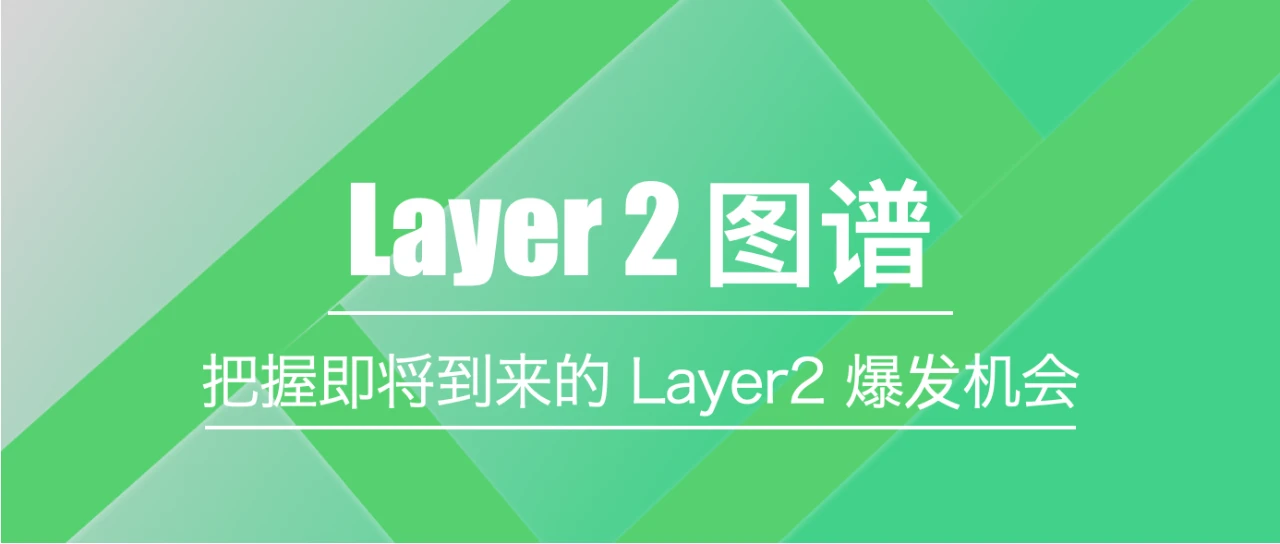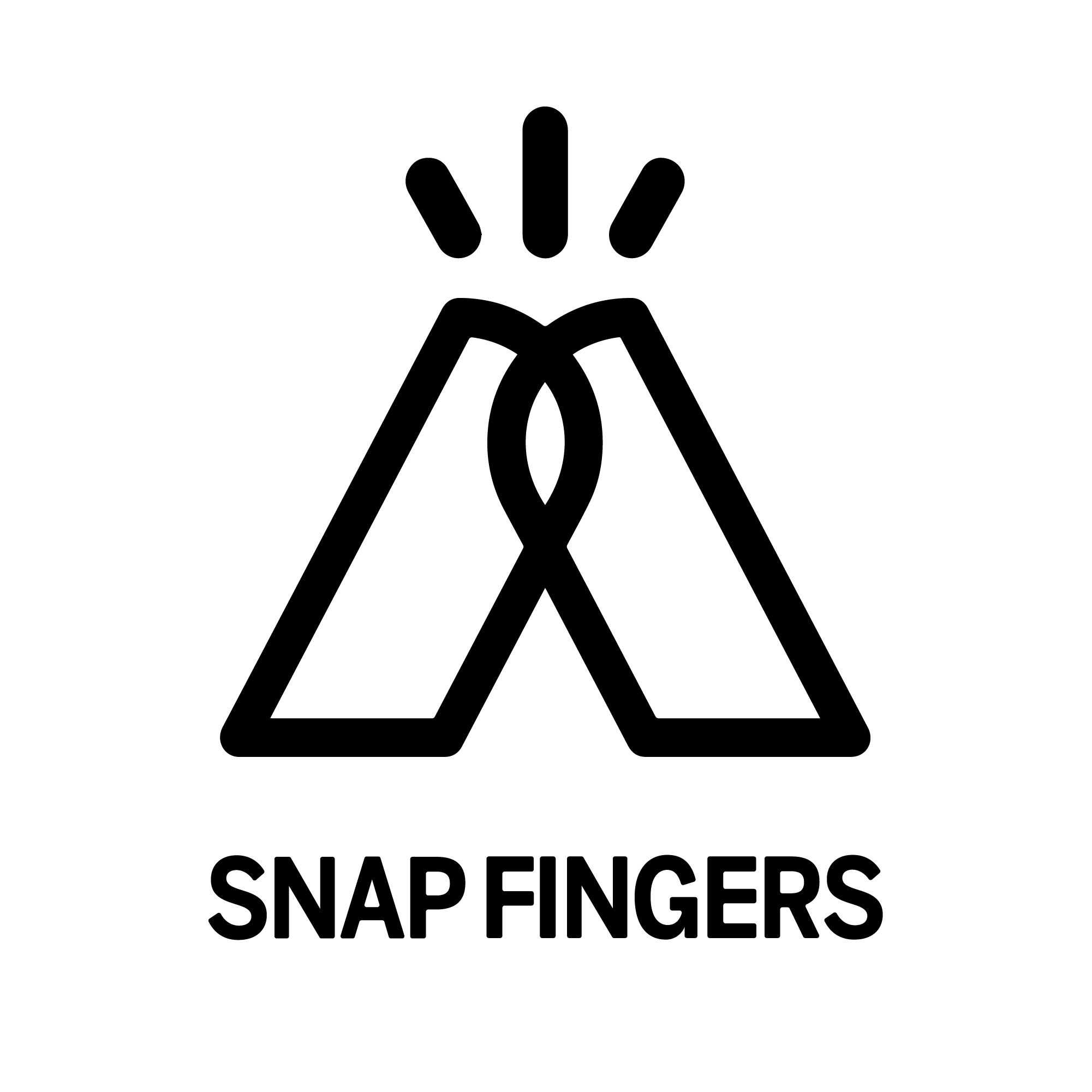
secondary title
What does Layer 2 have to do with ordinary users
The recent growth of Polygon is very impressive. The total lock-up volume of the latest data has exceeded 11 billion US dollars (data source: defillama), and new protocols are deployed every day. The liquidity of AAVE on Polygon has exceeded 4 billion US dollars, which is so far the largest L2 The maximum liquidity level achieved by the application on it. After May 19, Polygon’s token MATIC rebounded strongly by 300%. Polygon also became the first Ethereum second-tier network project with a market value of more than 10 billion U.S. dollars, and successfully ranked among the top 15 cryptocurrency market value rankings.
At the beginning of this year, Looprings daily transaction volume hit a record high. At the same time, it launched AMM liquidity mining on its ZKrollup network. The token LRC tripled in 3 days, and the title of domestic light was widely spread for a while.
Alex Gluchowski, founder of Matter Labs, said that zkSync will issue governance tokens.
Offchain labs (the creation team of the Arbitrum solution) will follow up with the coin issuance.
Starkware (the creation team of the StarkEX program) will also follow up with the issuance of coins.
Ordinary users will enter the Ethereum ecosystem because of the faster and cheaper transaction experience on the Layer 2 network.
Under the anticipation of Layer 2 coin issuance and airdrop, actively participating in the user migration plan, transferring assets to the Layer 2 network, or using applications on the Layer 2 network will have a greater probability of getting an airdrop.
Gain value-added opportunities by holding tokens.
secondary title
First of all, Layer 2 technical solutions include State Channel, Rollup, Sidechain, Plasma, and Validum. Understanding the technical principles, advantages and disadvantages of each solution is already an arduous task.
Then, each technical solution is implemented by several teams, and each implementation solution has its own network name. Some networks and teams use the same name, while others use different names.
In addition, the same team will launch multiple implementation solutions, or one implementation solution combines multiple technical solutions. for example:
1. The upcoming Arbitrum Rollup is the implementation of Optimistic Rollup by the Offchain labs team, and state channels and side chains will also be implemented in the future.
2. StarkEX is an L2 expansion solution launched by Starkware Labs. It can be deployed in either ZK-Rollup mode (data is stored on-chain, the mode adopted by dydx) or Validium mode (data is stored off-chain). Next, StarkNet will be launched, which is a ZK-Rollup network.
Again, each implementation is adopted by numerous applications. for example:
1. Synthetix chooses deep participation
2. Optimism Rollup network, Compound also regards Optimism as a key expansion plan;
In August 2019, Celer launched the first general-purpose state channel on Ethereum. Their latest expansion solution Layer2.finance is a route between Layer 2 and Layer 1 applications, so that Layer 1 applications do not need to be migrated to Layer 2 to get Layer 2 high-speed performance and traffic. With the support of state channel technology cBridge, Layer2.finance will be able to support Ethereum, Polkadot and various Layer 2 applications. The rainbow bridge of the NEAR protocol implements a bridge with Ethereum, and users can easily transfer ERC-20 tokens between the two blockchains. The token Aurora becomes a connecting point between the two economic worlds of Ethereum and NEAR. Optimism Ethereum In April, a full-scale Regenesis was conducted for the beta mainnet. Arbitrum Rollup On the mainnet on May 28, OKEx has announced that it will support Arbitrum. According to the voting results, Uniswap V3 will also be migrated to Arbitrum. Polygon The total lock-up volume exceeded 11 billion US dollars. Has received investment from Mark Cuban. It is planned to launch a DeFi fund with a scale of 100 million US dollars to provide support for DeFi projects. StarkEx Transaction volume exceeded $1 billion. Hermez Launched on the mainnet on March 24, Tether launched USDT on Hermez to reduce the cost of on-chain transfers. Recently Hermez airdropped 10 HEZ tokens to the ninth round of Gitcoin donors. Connext March Connext announced interoperability between Polygon and xDai. Recently, Connext and The Graph Foundation, a blockchain data indexing project, announced the launch of Scalar, a scalable microtransaction solution. Celer It will cooperate with StarkWare, a zero-knowledge proof research institution, to develop a ZK Rollup version based on zero-knowledge proof for Layer2.finance.
Since the beginning of this year, the Layer 2 network has been launched one after another, and some top applications of DeFi and NFT have begun to stand in line with different expansion solutions. The Layer 2 network that has issued coins has ushered in a surge after some major breakthroughs:
In addition to Polygon and Loopring, OMG (OMG), Skale (SKL), Celer Network (CELR), Hermez (HEZ), etc. have already issued coins. For most Layer 2 networks that have not issued coins, issuing coins will also be a future trend, and tokens will be mainly used for governance or incentives. According to known information:
Therefore, the reasons why Layer 2 is worth paying attention to for ordinary users are as follows:
How to create a Layer 2 graph
Layer 2 is a network between the public chain, dAPP and decentralized protocols. It aims to improve the transaction cost and throughput of the public chain. It is an extremely technology-oriented category:
3. MCDEX is the first project to migrate to Arbitrum. The latest news is that Uniswap V3s proposal to deploy to Arbitrum has been unanimously approved;
4. dydx, Paraswap, DeversiFi chose StarkEX;
5. Curve chose the zkSync solution, which StablePay and GitCoin also plan to adopt.
Various technical solution names, team names, network names, and dApp application names are mixed together, making it difficult for readers to establish a clear Layer 2 layout. If you ask how many combinations of these elements are possible, the answer may need to use a*b*c Formulas like *d are also the reason why Layer 2 is difficult to understand. The following will describe the Layer2 map in the form of a diagram, and try to use a single dimension to divide it instead of mixing technical solutions, teams, and implementation solutions.
Layer 2 map with technical solutions as the main line
Sidechain (SideChain)
Validium is a technical solution launched by Starkware Labs. Its mechanism is very similar to ZK Rollup. The only difference is that the data availability in ZK Rollup is on-chain, while Validium is off-chain. Data availability storage on-chain limits throughput - ZK Rollup has a strict practical cap on the current Ethereum mainnet - 2000 transactions per second (TPS), compared to 9000 for StarkEx using the Validium scheme.
Matter Labs also launched zkPorter, an implementation of Validium technology.










